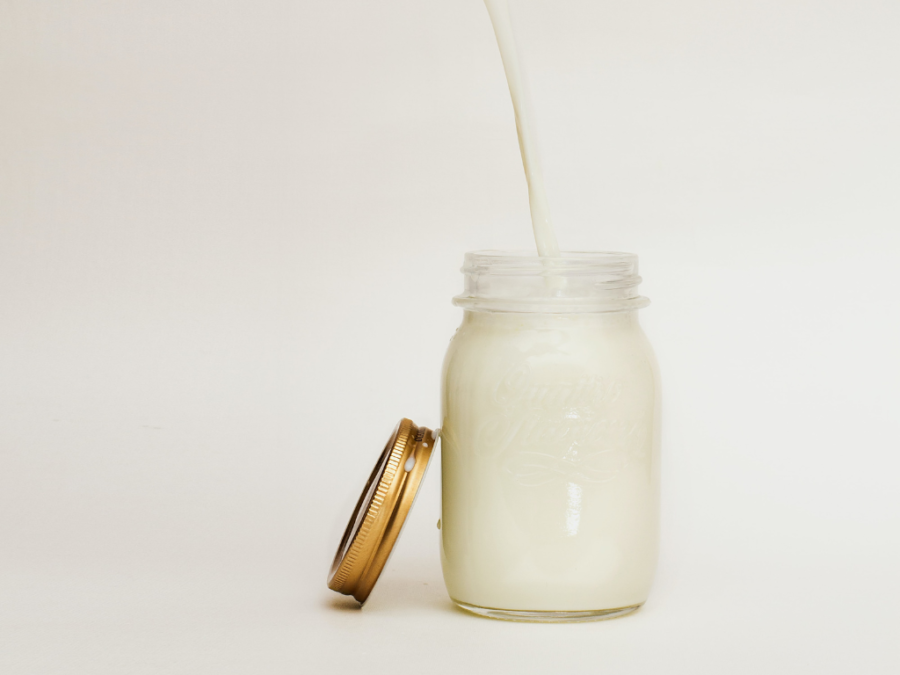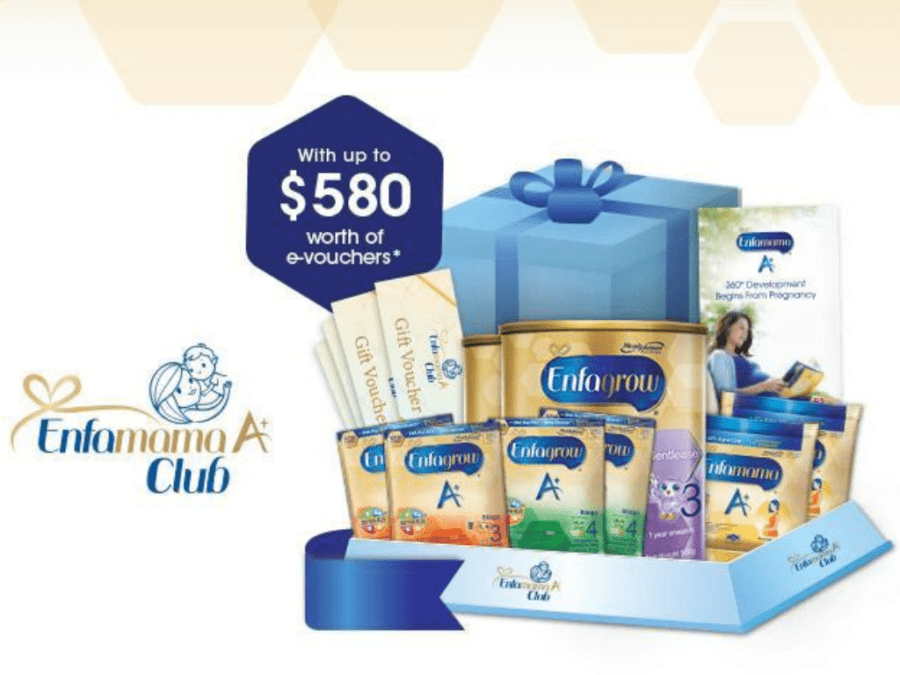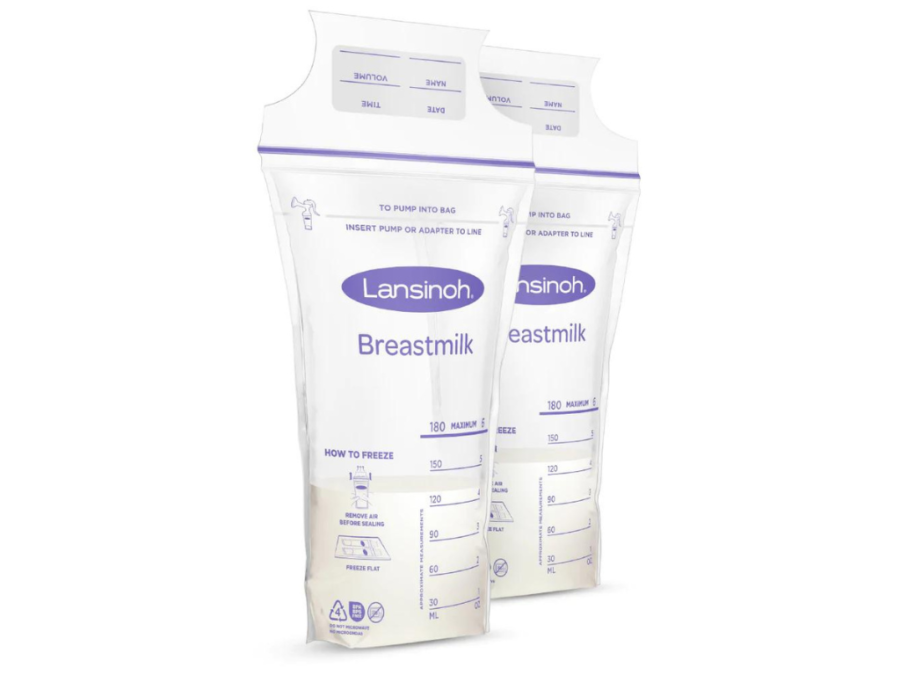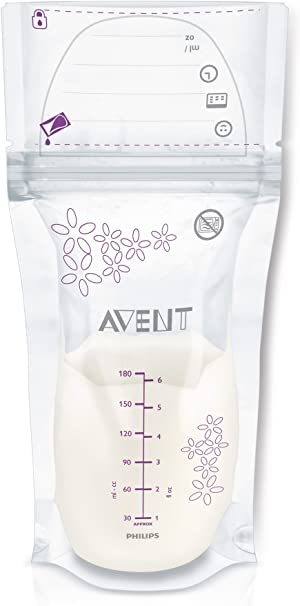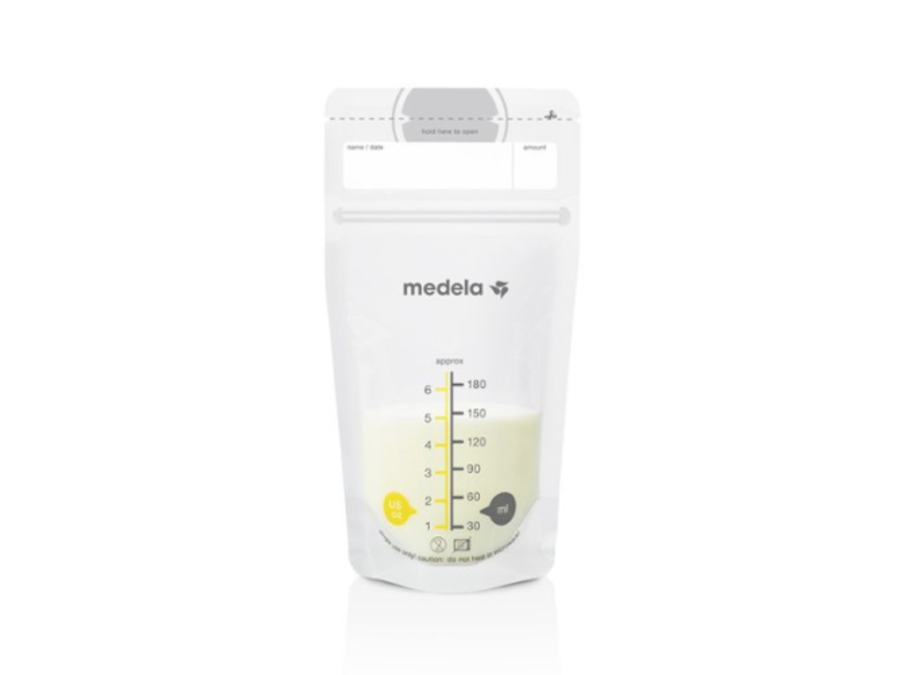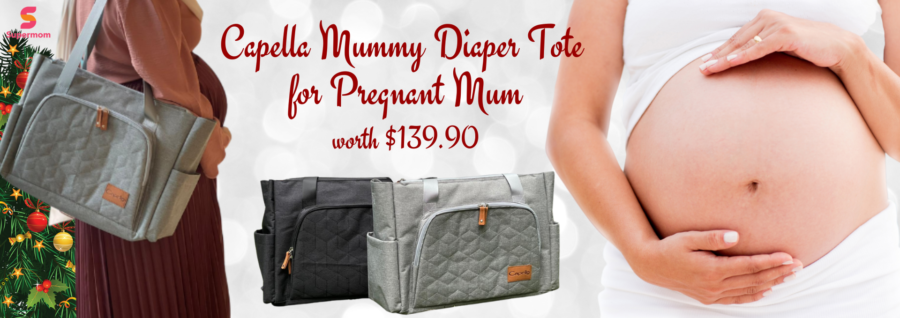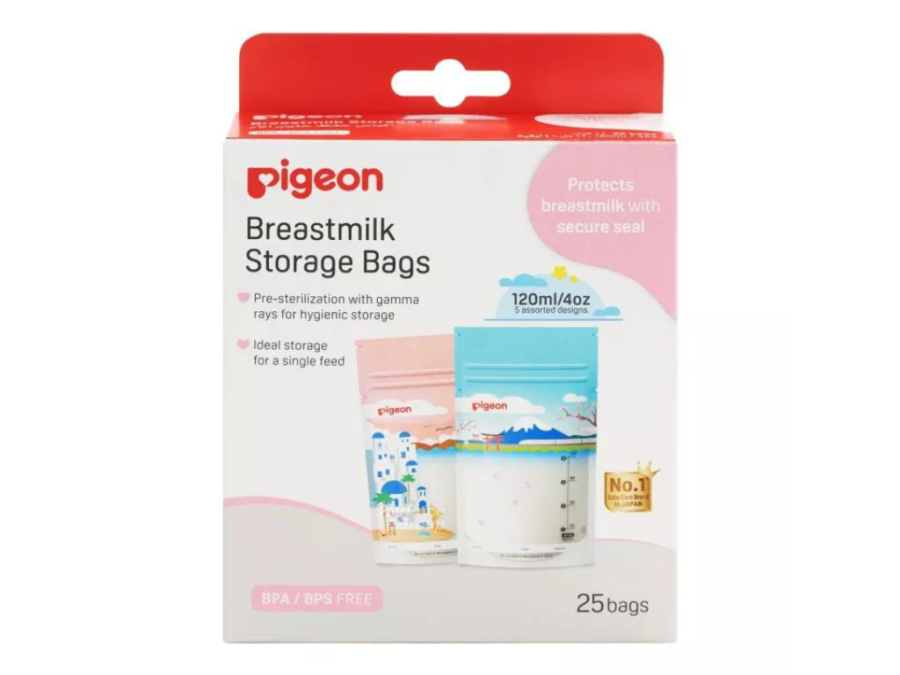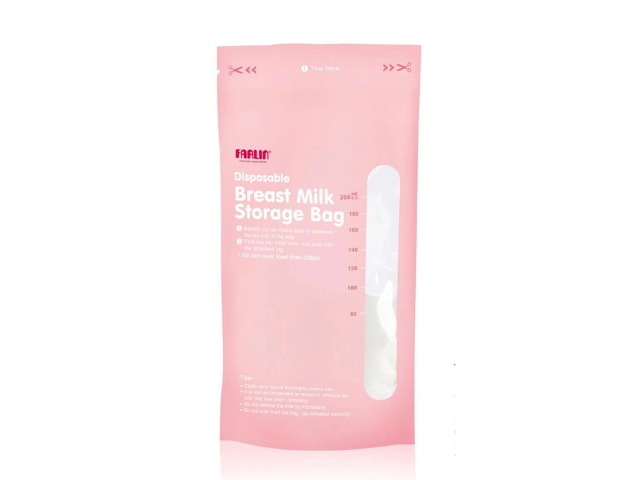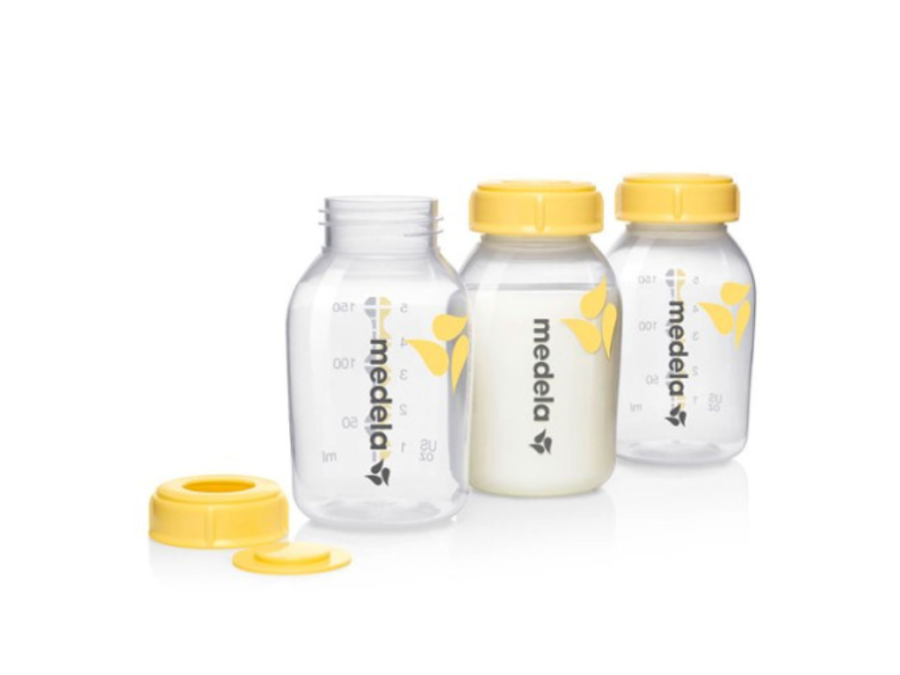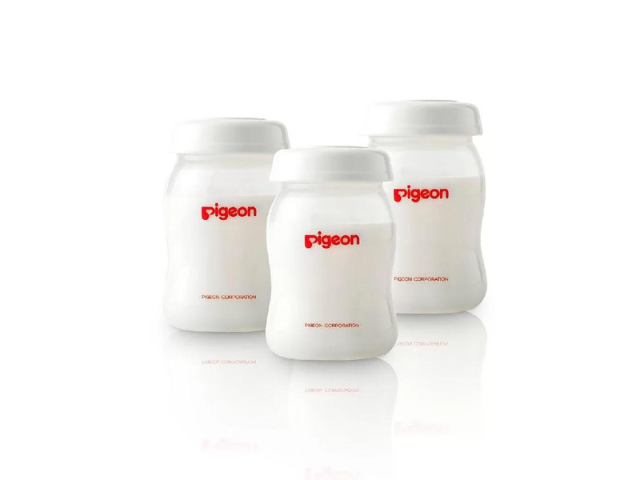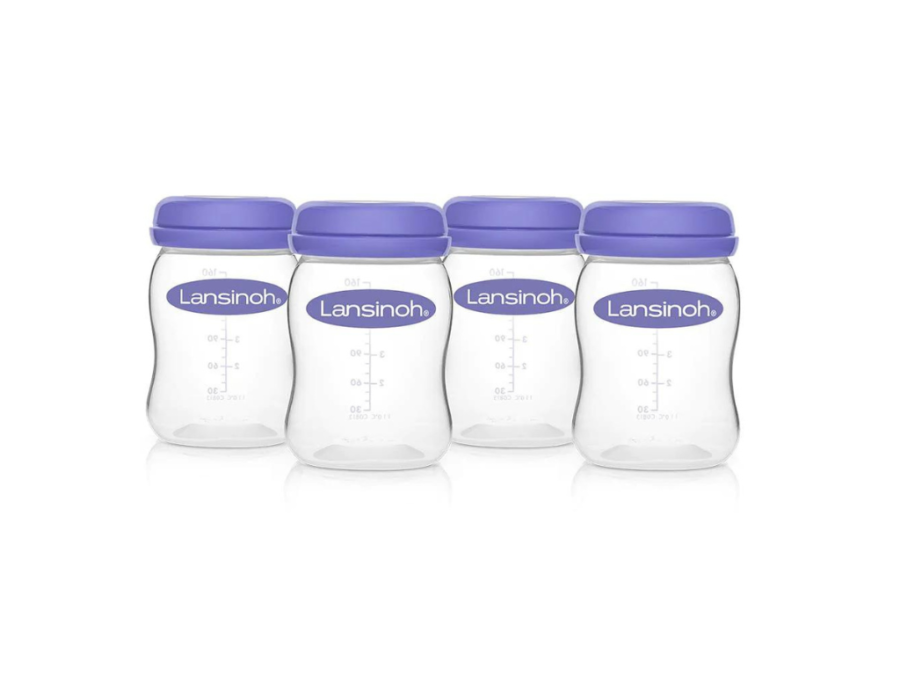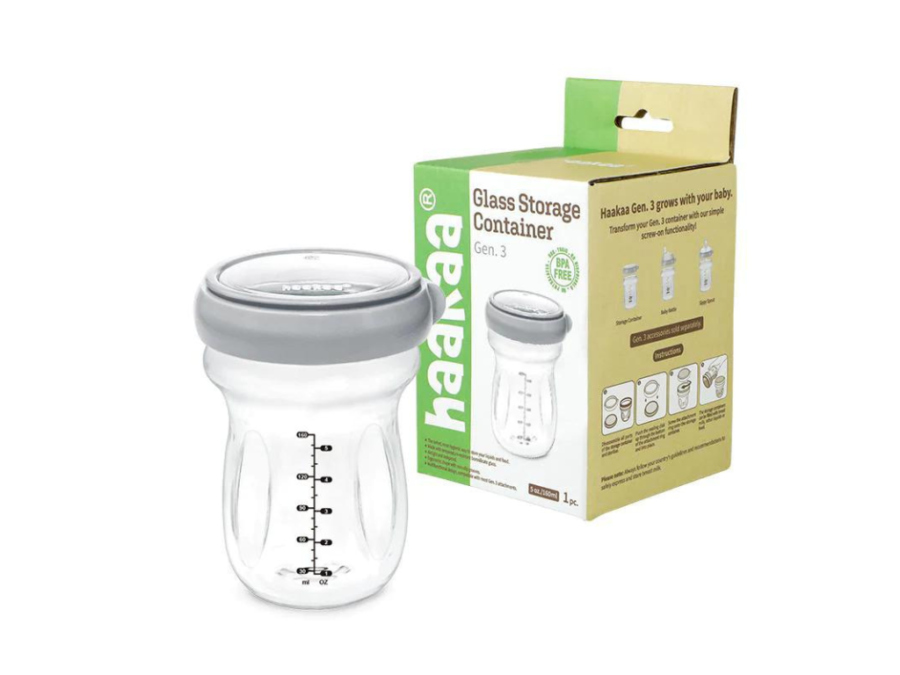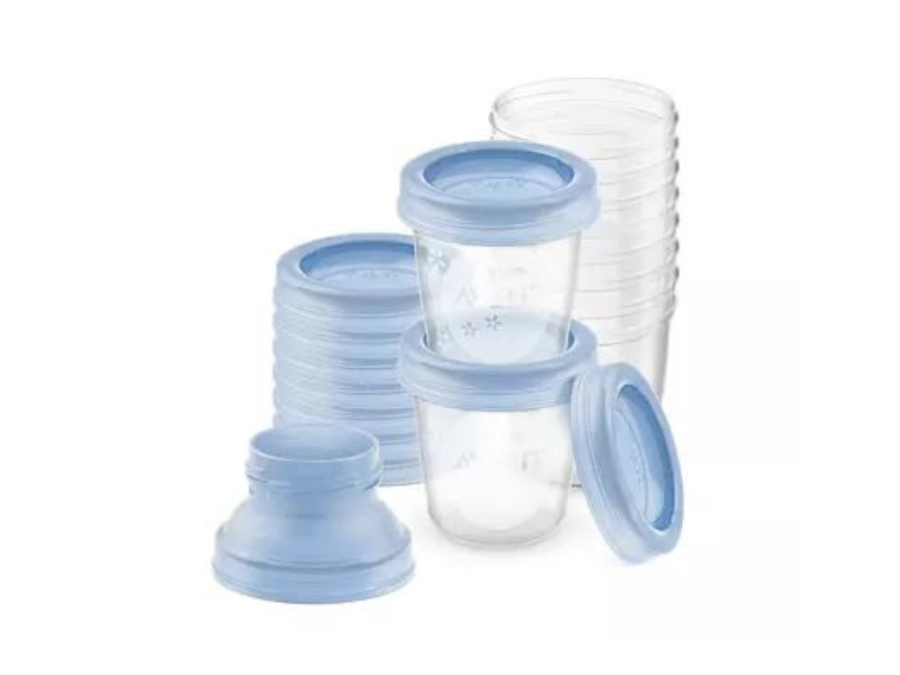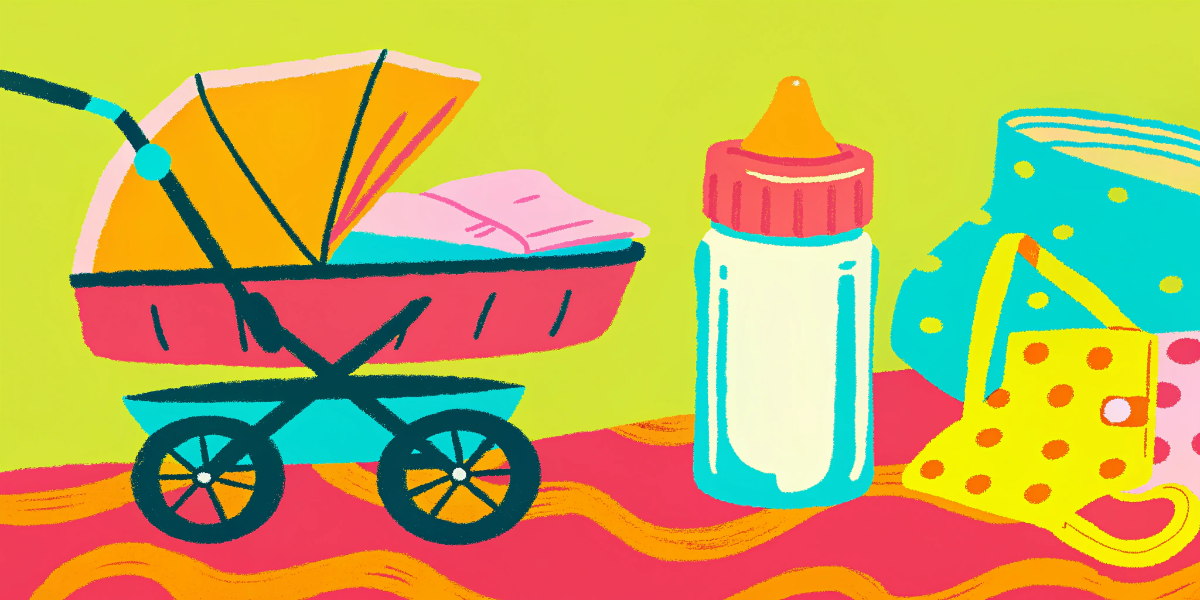Breastmilk storage bags and bottles are a must-have for breastfeeding mothers. If you’re breastfeeding, you’ll have to pump milk for a variety of reasons. Maybe you’re due to go back to work, or you’re pumping to keep your supply up. Regardless of the reason, you’ll need a reliable and safe way to store your breastmilk.
Fortunately, with a lot of options to choose from, you’re sure the find the best breastmilk storage bags and bottles on the market. Whether you want pre-sterilized bags or bottles, you’ll be able to choose among the cream of the crop from our list below. So, new moms, don’t worry about the milk storage hassle and check out our top picks!
It’s important to make sure that your breastmilk is stored properly to ensure that it won’t spoil and go to waste. Sterilized containers and proper refrigeration are the keys to properly storing breastmilk, and you won’t be able to store your milk properly without them.
You may be wondering if you need to buy storage containers specifically made for breastmilk. After all, these containers are yet another expense, so would it be okay to use containers that you already have in the house?
The important thing about breastmilk storage bags is that they’re made specifically for the safe storage of breastmilk. Storage bags for general household use, such as reusable and resealable bags or plastic bottle liners, are not suitable for breastmilk storage. If you want to use jars or bottles, meanwhile, make sure that glass ones are properly sterilized and plastic ones are BPA-free. Additionally, make sure that they have airtight lids.
So, new moms, it’s essential to invest in proper breastmilk storage containers to keep your liquid gold safe and fresh. Don’t compromise on the quality of the storage containers as it will affect the quality of your milk. You can choose from our list of top 10 storage bags and bottles for the best options available in the market.
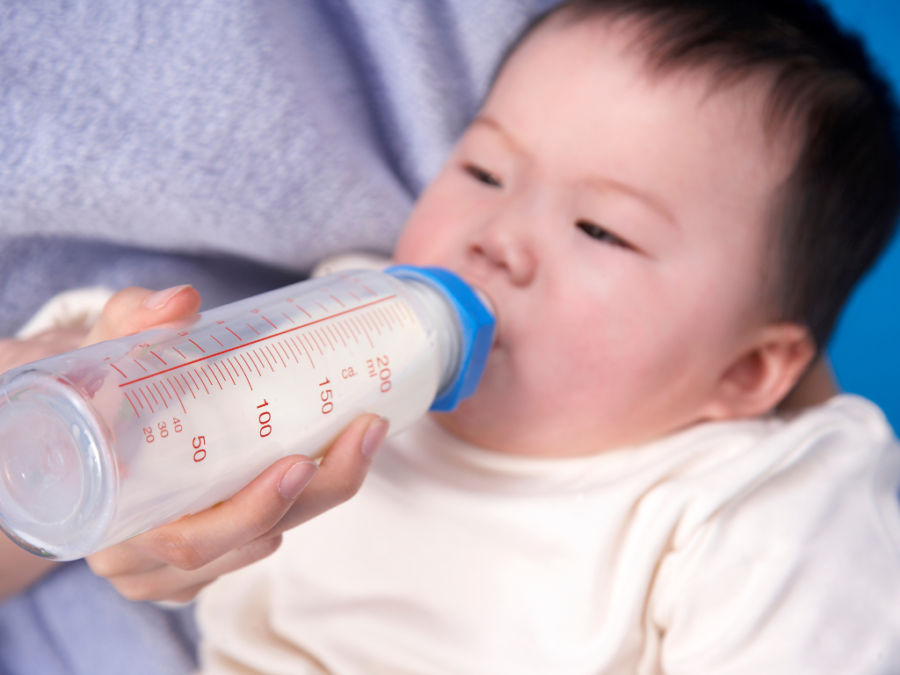
Preserving the quality of stored breastmilk is an important part of keeping your baby healthy. Breastmilk can spoil when not kept properly, which is why proper storage is vital. The following guidelines can help you make sure that you’re on the right track and doing what you need to do to keep your breastmilk safe for your baby.
- Make sure to wash your hands with soap before expressing breastmilk. Also, make sure that your hands are clean when handling sterilized bags or bottles. This will minimize the bacteria that might contaminate the breastmilk.
- Label your breastmilk storage bags or bottles. Use a waterproof marker to put the name of your baby and the date you expressed the milk stored in the container. This will help you keep track of which containers hold older milk.
- Don’t add freshly expressed breastmilk to frozen or refrigerated milk while it’s still warm. Put the still-warm milk in the refrigerator and let it cool down. Once it’s cool enough, you can add it to the older milk.
- Don’t refreeze thawed milk. Once the milk has been thawed, you have up to 2 hours to use it all up. Refreezing thawed milk increases the risk of bacterial contamination, which can end up in your milk spoiling.
- Take note of how long breastmilk will last in specific situations. You can leave freshly expressed milk at room temperature for up to 4 hours before it starts to spoil. If you put it in the refrigerator, it can last for up to 4 days. If you freeze it, it can last for 6 to 12 months. You can also leave thawed milk in the refrigerator for up to a day.
- Make sure that you thaw older breastmilk first. This is why labeling with dates is important. While frozen breastmilk can keep for months, its quality can degrade the longer it’s kept stored.
Many moms choose to use breast milk storage bags to store breastmilk. These bags are typically pre-sterilized, so you won’t need to sterilize them. Because they’re pre-sterilized, this means that they’re safe and suitable for storing breastmilk. They should also resealable and leak-proof to ensure that they can keep the milk uncontaminated.
However, there are also some drawbacks to these storage bags. For one thing, they are single-use and therefore cannot be used for storing breastmilk after they’re emptied. You’ll need to either dispose of them or clean them and use them for something else. This can add to plastic consumption, which can make environmentally-conscious moms pause.
If you’re looking for reliable and safe options, however, these bags are a good choice. Find the five best breastmilk storage bags on the market below.
5 Best Breastmilk Storage Bags
1. Lansinoh Breastmilk Storage Bags
The Lansinoh Breastmilk Storage Bags are built for durability. Not only do they have a double seal, but they also have reinforced side seams that will protect against leakage and tearing. You’ll thus be able to store the bags without a single drop leaking out. Additionally, these bags can be frozen flat, so they’ll be easier to store and arrange in your freezer.
Unfreezing and thawing the milk when you need it also won’t be a problem. Many other lower-quality bags have a problem with developing tears or holes when the milk is unfrozen. These bags, however, will be as good as new even after being in the freezer for months. They’re also compatible with Lansinoh pumps, so you’ll be able to pump directly into these bags. Because of this, these are some of the best breastmilk storage bags for busy moms.
Pros
- Compatible for use with Lansinoh pumps
- Double seal and reinforced side seams
- Freezes flat
Cons
- Measurement markings are not accurate
- Difficult to store upright
The Philips Avent Breast Milk Storage Bags are reliable, useful, sturdy, and leak-free. They can make sure that you’ll be able to store breastmilk in your freezer or refrigerator without worrying about contamination or leaks. They can also help you save space because they’re easy to store in a corner or along a shelf on the fridge door.
Perhaps the best thing about these bags is their material. Other breastmilk storage bags tend to slump over, which makes them prone to leaking. These ones, however, are made of thick plastic and stay upright when set down on a surface. Additionally, they have a double seal that offers double the protection and prevents milk from leaking through.
Pros
- Thick and sturdy BPA-free plastic
- Can stay upright when placed on a surface
- Double seal
Cons
- Measurement markings are not accurate
- Will not freeze flat
You can trust the Medela Breast Milk Storage Bags to keep your milk secure when stored in your freezer, refrigerator, cooler, or diaper bag. With their leak-proof seals, these bags are great for busy moms on the go. They’re also highly durable and reliable, so you’ll be able to store milk for months without worrying about the milk’s taste or quality.
One of the common problems of lesser-quality milk bags is that they can sometimes tear in the freezer. These bags, however, are made of tear-proof material that can keep your milk safe and uncontaminated. The plastic feels thick and dense, so you won’t have to worry about the milk you pump and store. Additionally, the seal is airtight and won’t allow leaks even when the bag is stored lying flat.
Pros
- Thick and sturdy BPA-free plastic
- Tear-proof with airtight seal
- Can be stored flat
Cons
- Measurement markings are not accurate
- Material is a little too stiff and difficult to handle
The Pigeon Breast Milk Storage Bags are great for discerning moms who want to keep expenditures down without sacrificing quality and safety. These bags are made of quality plastic that can withstand freezing and thawing without tearing. Additionally, they come with a double seal, so you can be sure that your milk is protected against leaks.
It’s not difficult to compress these bags and get rid of the air in them before storing them. They can easily stand upright and can be stored flat, so you can arrange them in any way that’s best for you. You’ll be able to store multiple bags in your freezer without worrying about losing space for other things. This way, you won’t have to worry about disposing of any milk.
Pros
- Great bang for buck
- Easy to open without any milk leaking out
- Double seal
Cons
- Plastic is thinner compared to other brands, though still sturdy
- Measurement markings are not accurate
With a storage capacity of up to 200 milliliters, the Farlin Breast Milk Storage Bags allows you to store more milk without taking up much more space in your freezer. If you have a high milk supply, these bags are most likely the best choice. You’ll be able to store more without having to use more bags, which can help you use your freezer or storage space more efficiently.
Another thing you’ll like about these bags is the cost. Their price is comparable to other bags, though they have a larger capacity. You can also buy large quantities of these bags at once, so you’ll have enough stock to last you for months to come. You’ll also be unlikely to run out of bags when you need them most, as long as you keep an eye on your stock.
Pros
- Larger storage capacity compared to other milk storage bags
- Tear-proof with airtight seal
- Easy to open without any milk leaking out
Cons
- Plastic is thinner compared to other brands, though still sturdy
- Tends to slump over when set down on a surface
Unlike breastmilk storage bags, these bottles can be reused for storing a fresh batch of breastmilk or other kinds of food. Though they’re typically also made of plastic, they’re built to be reusable and durable enough for sterilization. Once you’ve emptied one bottle, you can simply re-sterilize it before using it again to store breastmilk.
While these storage bottles offer a lot of benefits, there are certain things that you’ll need to consider as well before choosing to go with storage bottles. They’re not as convenient as storage bags because you’ll have to take the time to wash them, sterilize them, and ensure that they’re completely dry before using them again for breastmilk. They also tend to take up more space, and they’re more expensive compared to storage bags.
Still, there are a lot of reasons why moms choose these bottles. Though they’re more expensive, you can still use them for other purposes once you’re done pumping breastmilk. The bottles listed below are the best ones on the market and are sure to help you keep your breastmilk stash fresh and safe from contamination.
5 Best Breastmilk Storage Bottles
- Medela Breastmilk Bottles
- Pigeon Wide Neck Breastmilk Storage Bottles
- Lansinoh Breastmilk Storage Bottles
- Haakaa Glass Milk Storage Container
- Philips Avent Breast Milk Storage Cups
The Medela Breast Milk Bottles are a great choice for moms who want efficiency and multipurpose milk storage. These milk bottles are compatible with Medela breast pumps, so you’ll be able to pump breastmilk directly into them. After pumping, simply screw on the airtight lid and store the bottle in your freezer. These bottles can also be used as feeding bottles when used with Medela bottle nipples.
This way, you won’t have to use a separate breast pump container, a separate milk storage container, and a separate milk bottle. These bottles can serve all three purposes, which can help you save money, time, and space in your home. You’ll also be using them for a long time, maybe even for your next baby. They’re durable and easy to clean, so they’ll be as good as new even years from now.
Pros
- Multipurpose; can store milk and function as a feeding bottle
- Made of durable BPA-free plastic
- Leak-proof and airtight screw-on lid
Cons
- Markings can be easy to scratch off
- Might not be able to hold up to frequent sterilization
The Pigeon Wide Neck Breast Milk Storage Bottles provide you with a safe and convenient way to make sure that your baby is well-fed and full at all times. Not only are they durable and leak-proof, but they’re also designed for versatility. They’re compatible with Pigeon breastpumps, so you’ll be able to pump your breastmilk directly into these bottles. Once they’re full, you can put on the airtight lid and put the bottle straight into the freezer.
These bottles can take a lot of the fuss out of pumping and storking breastmilk. Once the baby is ready to be fed, you can pop a Pigeon bottle nipple into the bottle cap, turning these storage bottles into feeding bottles. You’ll thus only need to use one bottle for the entire process, from pumping to storage to feeding.
Pros
- Multipurpose; can store milk and function as a feeding bottle
- Made of durable BPA-free plastic
- Convenient and reasonably priced
Cons
- Lid has a soft silicone part that seems like it can pop off if you’re not careful
The Lansinoh Breastmilk Storage Bottles can also provide you with the convenience and durability you’d expect from the best breastmilk storage bottles. If you attach them to a Lansinoh breast pump flange, you’ll be able to pump milk directly into them. You thus won’t have to transfer milk from a separate container into these storage bottles. The lids are airtight and easy to secure, so you won’t have to worry about leaks.
If you have Lansinoh feeding bottles, you can take the caps and nipples and put them on these storage bottles instead. That way, after you thaw and warm the milk, you won’t have to transfer them to a different bottle. You can feed your baby directly from these storage bottles as long as you have compatible nipples.
Pros
- Affordable yet high-quality
- Made of durable BPA-free plastic; dishwasher safe
- Easy to clean and dries quickly
Cons
- Lid can be difficulty to screw in securely
The Haakaa Glass Milk Storage Container is a versatile milk and food container that’s set apart from the others on this list. While the other bottles on this list are made of BPA-free plastic, this one is made of glass. The glass is cold- and heat-resistant, so you can freeze and thaw milk without worrying about the glass breaking. If you’re not comfortable with using plastic to store your milk, this glass container is a great choice.
You’ll also be able to use this container to store baby food and other kinds of food, so you’ll always have a use for it even when you don’t need to pump milk anymore. Because it’s made of borosilicate glass, it’s safe to use and won’t break easily. It’s also available in the 180-milliliter version and the 120-milliliter version.
Pros
- Made of borosilicate glass that’s cold- and heat-resistant
- Versatile; can be used to store milk and food
- Easy to keep clean
Cons
- Can break when dropped
At first glance, the Philips Avent Breastmilk Storage Cups may just seem like ordinary plastic storage containers. However, they’re high-quality, reliable, and can help make pumping and storing milk easier. They come with adaptors that can help make these cups compatible with Philips Avent breastmilk pumps. You can also switch out the lids for Philips Avent nipples, which can turn these storage cups into feeding bottles.
Another thing you’ll like about these cups is that they’re lightweight yet durable. Because they’re made of BPA-free plastic, they don’t weight a lot. They’re also quite durable and won’t crack if you drop them on the floor. Once your baby gets older, you can use these cups to store baby puree, snacks, cereals, and the like.
Pros
- Can be used for pumping, storing, and feeding
- Compatible with Philips Avent breastmilk pumps and nipples
- Stackable
Cons
- Snap-on lids instead of screw-in lids
- Can be difficult to hold when used as a feeding bottle
FAQ About Breastmilk Storage Bags and Bottles
While freshly pumped milk can be kept in room temperature for up to 6 hours, it’s best to store it properly within the first 4 hours after pumping.
If your baby doesn’t finish a whole bottle, the leftover milk is still safe to consume within 2 hours. However, it should be thrown out after 2 hours.
Yes, there are a variety of breastmilk storage bottles that can keep your milk safe and fresh. These bottles are also often designed to double as feeding bottles, so you can just attach a teat once the milk is heated. This way, you won’t have to use multiple storage containers.
No, warming breast milk twice isn’t safe. If your baby was not able to consume a whole bottle, dump the leftovers out after no more than two hours.
Centers for Disease Control and Prevention. (2022, December 7). Handling Breast Milk. Retrieved August 11, 2023, from https://www.cdc.gov/breastfeeding/recommendations/handling_breastmilk.htm
